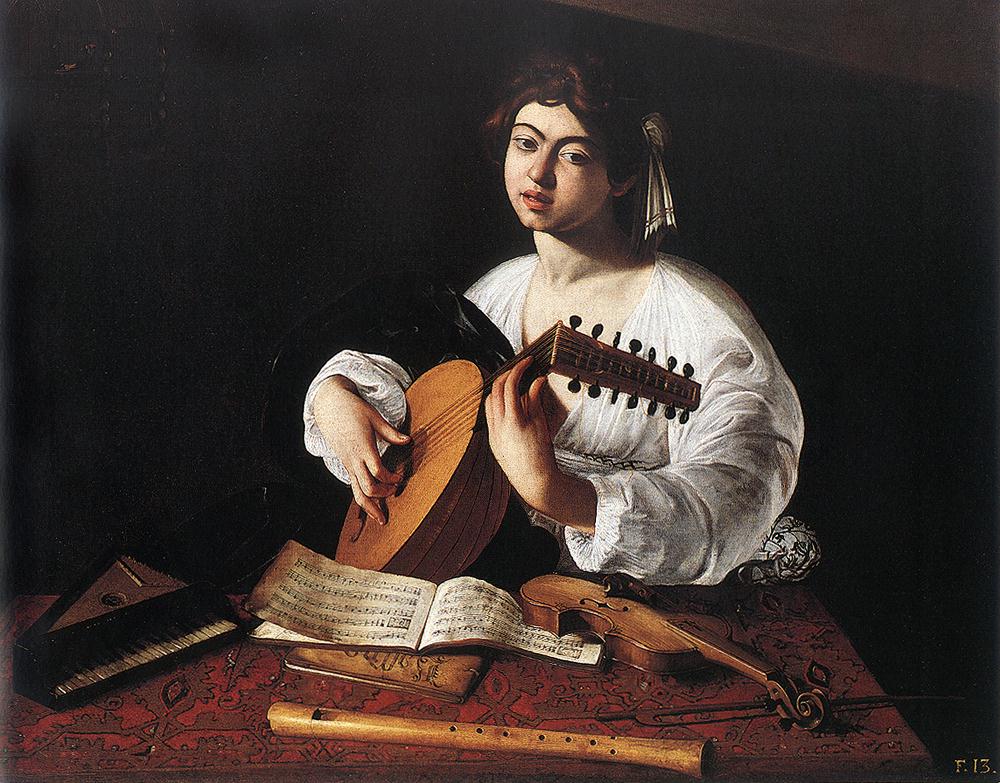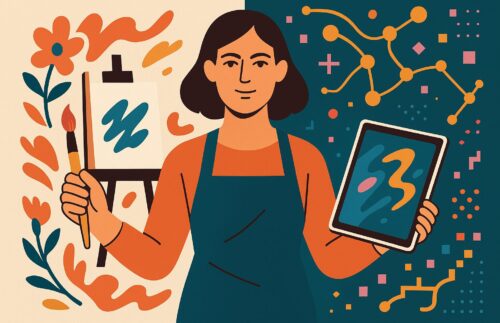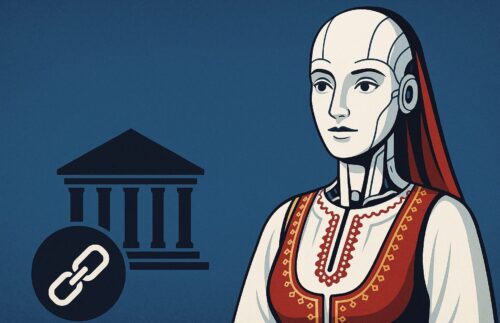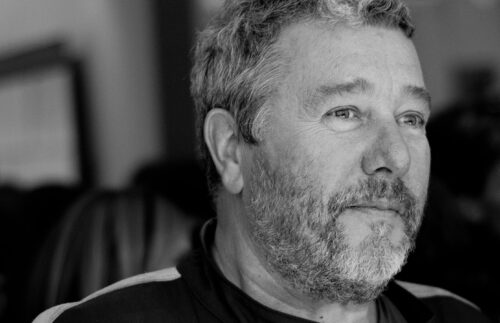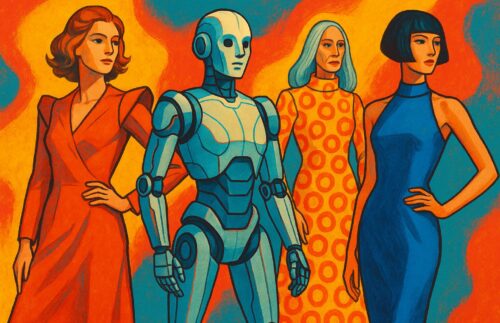When AI Sees What We Cannot: Caravaggio’s The Lute Player Rediscovered
Meta Description (SEO):
Artificial Intelligence has reattributed The Lute Player as an original Caravaggio with 85.7% certainty, overturning decades of doubt. Learn how AI is transforming art authentication, reclaiming lost masterpieces, and helping humanity rediscover truth.
For years, the painting The Lute Player gathered dust in obscurity. Experts had long agreed it was a copy — a pale imitation of Caravaggio, the master of dramatic light and shadow. Curators dismissed it. Collectors passed over it. Art history moved on.
But in 2025, the story changed. A team of researchers used Artificial Intelligence to study the canvas. The AI analyzed brushstrokes, pigments, and stylistic signatures across Caravaggio’s body of work. The result? An 85.7% probability that The Lute Player is authentic — a genuine Caravaggio hiding in plain sight.
This revelation doesn’t just rewrite a footnote in art history. It signals a cultural shift: AI is stepping into places where human judgment alone has failed.
How AI Looked Beyond Human Limitations
Traditional connoisseurship relies on the human eye and intuition. An expert studies the sweep of a brushstroke, the depth of a shadow, the weight of a hand. But experts, no matter how skilled, are influenced by precedent, bias, and sometimes the politics of the art market.
AI changes the equation. In the case of The Lute Player, algorithms processed visual data invisible to humans:
Brushstroke rhythms — identifying patterns consistent across known Caravaggio works
Color and pigment analysis — detecting micro-variations tied to the artist’s materials
Statistical stylistic matching — comparing the painting’s structure to authenticated canvases
Where humans saw uncertainty, AI saw probability.
Why Human Expertise Misfires
Art history is filled with errors and oversights. Think of the works by women artists attributed to their male contemporaries, or the indigenous artifacts dismissed as “folk art” rather than masterpieces. Even Van Gogh and Rembrandt suffered years of misattribution.
These mistakes often stem from three flaws:
Bias — What we expect to see colors what we actually see.
Reputation dynamics — Paintings without strong provenance are often disregarded.
Human limitation — No eye can perceive every microscopic detail or cross-compare thousands of works at once.
AI doesn’t carry those burdens. It can analyze millions of data points impartially, cutting through the noise to reveal truths buried under centuries of doubt.
Why This Discovery Matters
The reattribution of The Lute Player is more than an art-world curiosity. It sets a precedent for what AI can do in cultural heritage:
Reclaim lost masterpieces — from overlooked canvases to neglected sculptures.
Challenge historical erasure — bringing to light women, minority, and indigenous artists who were sidelined.
Protect cultural memory — authenticating works before they disappear into private collections or obscurity.
Caravaggio was the master of chiaroscuro, painting light piercing through darkness. How fitting, then, that in 2025 it is Artificial Intelligence carrying that torch — illuminating forgotten corners of history and returning brilliance to the world stage.
Beyond Caravaggio: The Future of AI in Art
This breakthrough sparks exciting questions. If AI can uncover a Caravaggio, what else might it find? Could we soon rediscover:
Manuscripts attributed incorrectly for centuries?
Ancient artifacts mislabeled in museum storage?
Entire schools of artists erased by colonial narratives?
AI could become a cultural archaeologist, a tool that ensures truth and authenticity rise above bias and oversight. But it also raises challenges — how do we balance machine findings with human scholarship? How do we prevent misuse or over-reliance?
The answer lies in partnership. AI doesn’t replace the human eye; it complements it. Together, machine precision and human context create a fuller, richer understanding of history.
Personal Reflections
Discoveries like this are exactly why I believe AI is so important for humanity. It can reach places where human judgment fails, and it can shine light into areas we could never see on our own.
For me, this isn’t just about a single Caravaggio painting. It’s about the bigger picture: AI has the power to help us reclaim history, restore truth, and celebrate authentic human achievements that might otherwise remain hidden.
Too often, history has been written with blind spots — whether through bias, oversight, or simple human limitation. AI gives us another lens. It doesn’t replace human creativity or scholarship, but it augments it, making us sharper, more honest, and more aware.
The rediscovery of The Lute Player shows us that AI isn’t simply a tool for the future — it is a partner in reconnecting us with the past. And in doing so, it strengthens our cultural memory and reminds us of the incredible human stories worth preserving.
Final Thought
The rediscovery of Caravaggio’s The Lute Player is not just a victory for art authentication. It is a symbol of what happens when we allow technology to work alongside us — not as a rival, but as an ally.
AI shines where human perception fails. It reclaims history, restores truth, and ensures that the brilliance of the past is never lost to the shadows again.
